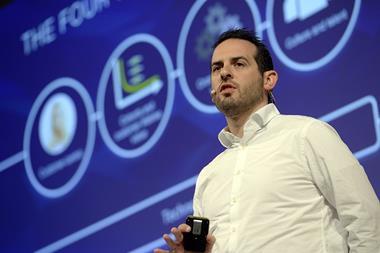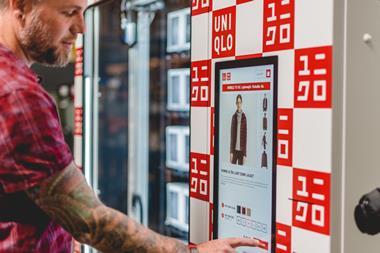The workforce of the future will look decidedly different in 15 years due to advances in technology.
Creative destruction is at play and higher-level roles are being created in departments including software and data.
Earlier this year, Sainsbury’s hired its first chief data officer and last month Amazon announced that it will create 1,000 new jobs, which include engineers and IT specialists.
It’s not just the job roles that are changing but who – in fact, what – is carrying out the work.
Rising costs and efficiency gains have prompted retailers to invest in machines, and grocers in particular – which have traditionally employed a high number of shopfloor staff – have been active in taking measures to automate processes, such as the proliferation of self-service checkouts.
The rise of automation will do away with some roles all together. The advantages of this are well-known, including reduced operating costs and freeing staff of mundane tasks, ultimately benefiting productivity.
Human cost
However, automation has its downsides. There is a more human element to the story that cannot be ignored; people will lose their jobs.
The number of people employed in retail fell 2.2% in the second quarter compared to last year, according to the Office for National Statistics.
This was in part driven by “the availability of technologies to replace jobs now done by humans”, the British Retail Consortium said.
“When there are livelihoods at stake, businesses must act carefully and sensitively, not just because of the risk of reputational damage, but because it’s the right thing to do”
The trend is expected to continue. Earlier in the year, accountancy firm PwC concluded that the wholesale and retail sector was most vulnerable to job losses through automation over the next 15 years, with an estimated 2.3 million UK retail jobs at high risk.
And when there are livelihoods at stake, businesses must act carefully and sensitively, not just because of the risk of reputational damage, but because it’s the right thing to do.
In 2015 Sports Direct’s terrible working conditions were exposed by the press, and management were hauled in front of MPs to explain themselves. The MPs found that staff were “not treated as humans” at its warehouse.
Although the damaging headlines had little to do with automation, the saga reflects the rage businesses face when their employment practices are called into question. And rightly so.
Human touch
Away from PR nightmares, another and perhaps more worrying effect of automation is the temptation for retailers to do away with the personal touch altogether.
Human interaction is a key part of any retailer’s proposition. Replacing experienced store colleagues with robots risks leaving the shopper with a clinical and forgettable experience.
Luxury fashion retailer Farfetch has cottoned onto this. Its Store of the Future concept tests retail technology that enhances store interaction.
Chief executive José Neves says: “I’m a believer in physical retail experiences. You need the human element – a program or piece of technology won’t provide the full level of care, attention and assistance that a shop assistant or customer service team will give.
“On the other hand, you can’t ignore technology.”
There certainly is a place for automation in the physical store environment, but it must be implemented in a way that complements and empowers store staff, rather than threatening their existence.




























No comments yet